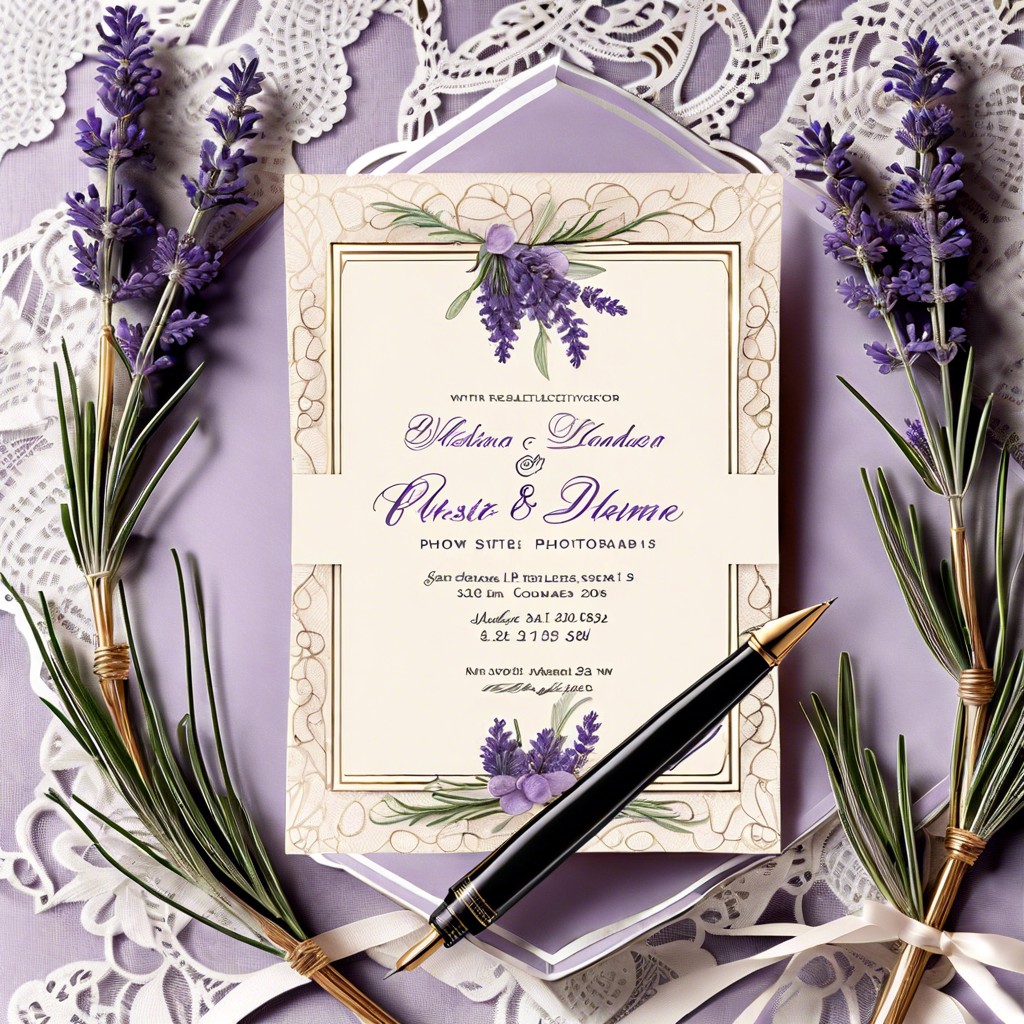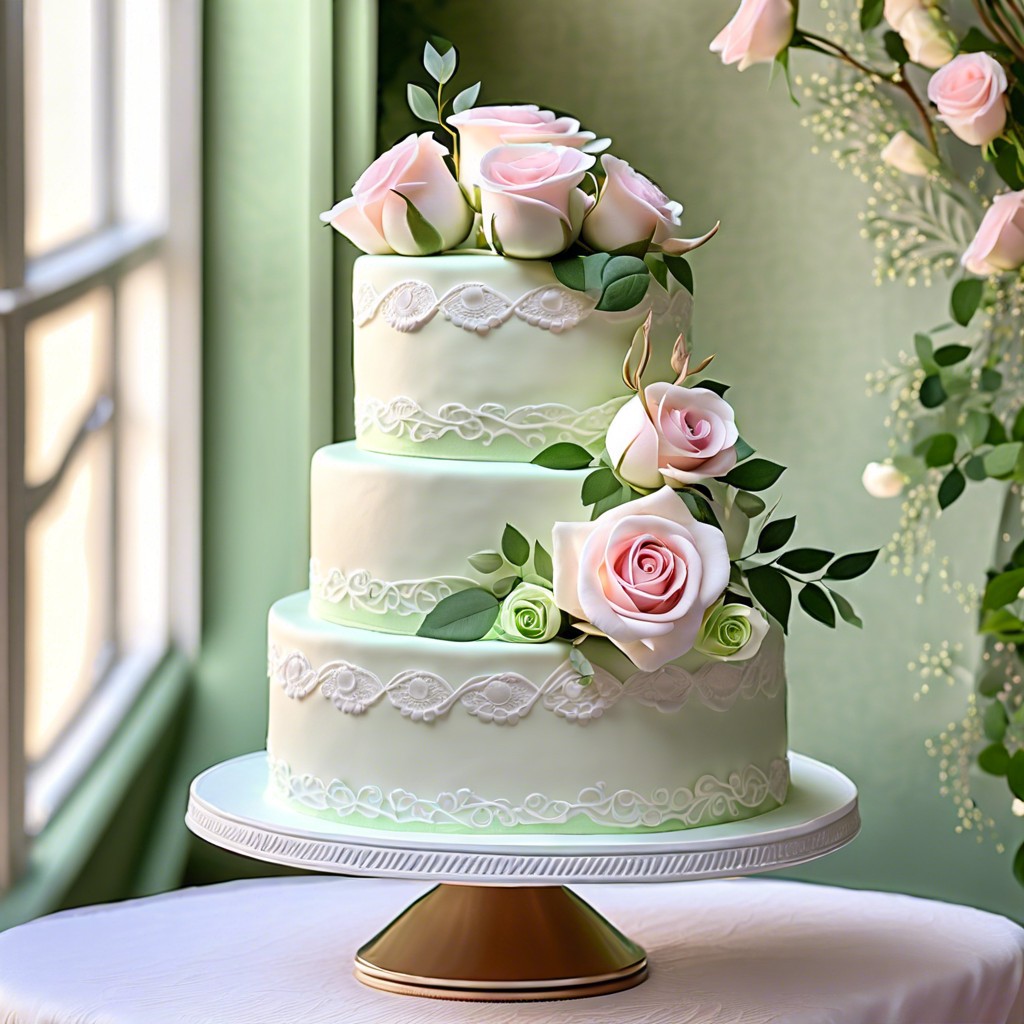Planning a wedding can be expensive, but understanding how to create and stick to a budget can make the process manageable and help ensure your special day doesn’t break the bank.
Key takeaways:
- Determine your budget based on personal factors and location
- Prioritize expenses and realistically assess your financial situation
- Track expenses, set a contingency fund, and manage payment logistics
- Allocate budget to key areas such as venue, catering, attire, and entertainment
- Avoid common budgeting mistakes like overlooking hidden costs and underestimating small details
How Much Do You Need to Budget for a Wedding?

The amount you’ll need for your wedding hinges on several personal factors. Begin by considering guest count, venue, time of year, and the type of wedding you envision. Generally, you can expect to allocate about 50% of your budget to the venue, catering, and rental costs combined.
Remember, the average cost of a wedding can vary greatly by location, with urban areas often having higher price tags than rural settings. Don’t forget to account for vendors like photographers, whose services may represent about 10-12% of your budget. Personal attire and rings usually consume another 10%.
Be mindful that smaller expenses, such as invitations and favors, can add up quickly. Set aside 2-3% of your budget for these items. Contingency is key; reserve about 5% of your budget for unexpected costs. With these points in mind, create a prioritized list to guide your budgeting decisions.
Making a Wedding Budget: What to Consider
When planning your wedding budget, start by assessing your financial situation realistically. Identify your total available funds, including savings, contributions from family members, and any other resources you intend to allocate for your big day.
Prioritize your expenses by listing out what’s most important to you as a couple. This might include the venue, catering, or photography. Allocate larger portions of your budget to these areas. Remember to account for not-so-obvious costs like dress alterations, tips, and beauty treatments.
Research costs in your desired wedding location to set realistic expectations for what you can afford. Venue and vendor prices can vary widely by region. Collect quotes and compare services to ensure you’re getting the best value for your money.
Track your expenses meticulously. Use a spreadsheet or wedding budget tool to keep your numbers organized. This helps prevent overspending and allows you to adjust figures as necessary.
Always set aside a contingency fund, typically 5-10% of your total budget, to cover unexpected costs or last-minute add-ons. This will help you navigate surprise expenses without straining your finances.
Consider the timing and logistics of payments. Some vendors require deposits, while others might offer payment plans. Plan accordingly to ensure you meet payment deadlines without financial strain.
Wedding Budget Breakdown
Allocating your total wedding budget effectively requires understanding the typical expenses involved. Generally, the largest share goes to the venue, catering, and rentals, which can consume around 50% of your budget. Following that, allocate about 10% to photography and videography, ensuring these once-in-a-lifetime moments are captured beautifully.
Next, consider attire and beauty, which often take up around 10% of a wedding budget. This covers not only the dress and suit but also hair and makeup for the big day. Flowers and decor are another key area, potentially accounting for 10%. These elements play a significant role in setting the ambiance of your wedding.
Entertainment, such as a DJ or live band, is also a pivotal aspect, meriting around 10% of the budget. This sets the mood and keeps guests engaged. Remember to set aside about 2-3% for invitations and stationery, as they make the first impression.
Lastly, factor in the cost of an officiant, transportation, and any additional personal touches. These details might seem minor but can add up to 10% of your overall budget. Keep a reserve of about 5-10% of your budget for unexpected expenses to avoid any financial surprises. This breakdown serves as a guide; adjust based on your priorities and preferences.
Wedding Budget Mistakes to Avoid
- Forgetting to Factor in Hidden Costs:
- When mapping out your finances, remember to account for those small, hidden expenses that can accumulate quickly. From postage for your invitations to gratuities for vendors, these often-overlooked charges can impact your budget significantly.
- Overlooking the Importance of a Contingency Fund:
- It’s essential to set aside roughly 5-10% of your budget for unforeseen expenses. This contingency fund acts as a financial safety net for last-minute necessities or emergencies.
- Underestimating the Cost of Small Details:
- Little details, such as decor accents, can add up. Keep track of these expenses to avoid going over budget. A detail-oriented approach ensures that even minor costs are accounted for in your budgeting.
- Failing to Prioritize Expenses:
- Identify what’s most important to you for your big day. Allocating funds to these key areas helps avoid overspending on less critical components, ensuring you have the resources for what truly matters to you.
- Not Keeping Track of Spending:
- Maintain a detailed record of your outlays. This not only helps you stay within budget but also makes it easier to spot areas where you can cut back if necessary.
- Skipping the Negotiation Step:
- Don’t hesitate to negotiate with vendors. Many are willing to customize packages or work with your budget constraints to secure your business.
- Ignoring the Benefits of Off-Peak Season Savings:
- Planning your wedding during the off-peak season can result in substantial savings. Venues and vendors typically offer reduced rates during these times.
- Assuming DIY is Always Cheaper:
- While it can be cost-saving, DIY isn’t always the economical choice. Evaluate the cost of materials and time investment before deciding to tackle projects on your own.
Key Takeaways
Budgeting for a wedding ensures that you can celebrate your special day without financial stress. Start by outlining your expected expenses, which typically range from venue rental to attire and decorations. Remember to prioritize what’s most important to you and your partner and be willing to make trade-offs elsewhere to stay within your financial means.
It’s essential to track your budget regularly to avoid going overboard and to account for unexpected costs, as there will always be some surprises. Don’t forget to allocate a contingency fund of around 5-10% of your budget for such scenarios.
Communication with your partner and being realistic about what you can afford will spare you from headaches down the line. If a service or product is out of your price range, don’t hesitate to negotiate with vendors or seek more cost-effective alternatives.
Lastly, while it’s your day, considering your guests’ experience within your budget can go a long way in making your wedding memorable for everyone involved. Keep in mind that the joy of the day comes from the celebration of love, not the amount spent.



